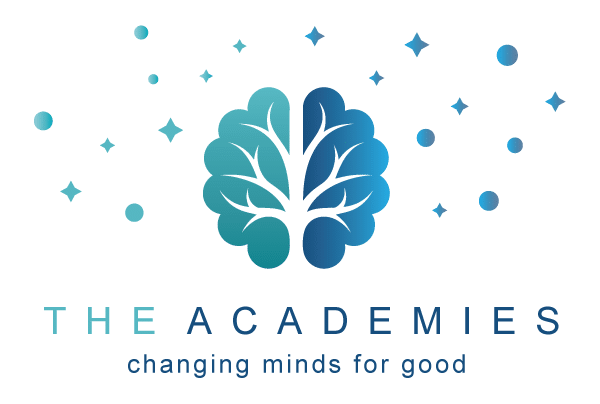Wouldn’t it be interesting if we could peek inside people’s brains? Well, in a way, it turns out we actually can.
And that’s because our EYES are actually a part of our brains. During development in utero, our eyes get squeezed outside of the skull, but they are actually a part of our brain, according to Andrew Huberman who is a neurobiologist at Stanford University of Medicine. That brings new meaning to the saying, “the eyes are a window to our soul.”
More than 50 percent of the cortex, the surface of the brain, is devoted to processing visual information. In the brain itself, there are hundreds of millions of neurons devoted to visual processing, according to William Allyn Professor of Medical Optics at University of Rochester.
And, all those visual processing neurons make up about 30 percent of the cortex. Compare that with just 8 percent for touch, and 3 percent for hearing.
So what makes this information important?
I’ll be speaking at the Career Thoughts Leaders Symposium on a topic called Insight + Action = Traction. I’m fascinated by “Brain Hacks” that can help us get past procrastination, hesitation, misprioritization, and all of the things that keep us from doing the actions that we’d like to do that get us to where we want to be in life.
One of the brain hacks I’ll be sharing at the Symposium is this idea about how much of the brain is devoted to visual processing and how we can leverage that to get traction on the tasks that would make a difference in our lives.
So, the encourage your brain tip for today is simple. If you want to get something done, flood your system with visual reminders that are colorful, inspiring, meaningful, and simple.
- Maybe it’s color-coding your calendar for an important to-do.
- Maybe it’s post-it notes in fun shapes and sizes.
- Maybe it’s changing up a screen saver to something that represents the task.
- Maybe it’s writing down a mantra that is meaningful for the task at hand.
You get the picture. These are simple ideas that we’re already likely aware of, and yet, when we add the understanding behind it that our brains devote a huge amount of space to visual processing, we can use that information to be smarter and more proactive in our lives.
Love and light,
Susan
